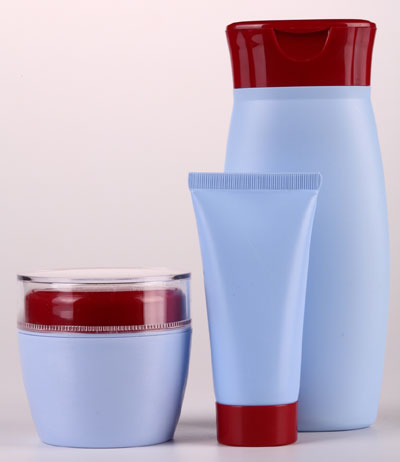A lot of time has been spent by FDA to formulate new demands for sunscreens. Their review was announced back in 1978. What does a good sunscreen mean from the point of view of the most rigorous organization in the world?

Protection from UVA and UVB
Firstly, it must protect from UVA and UVB. At the same time, the well-known today SPF provides a good degree of protection only from B-rays. Since 2012 (and many manufacturers are already doing this) SPF will have to demonstrate a good level of protection from A-rays as well. The already known numbers will not change, but the higher the SPF-index is, the stronger the protection from both types of rays should be. And that is what the producers will have to prove.
What’s the Difference between UVA and UVB?
B-rays lead to sunburn and may cause skin cancer. But they affect only the skin surface, while A-rays penetrate deeper. They are less intense, but we get 50 times more rays of this spectrum. They provide a nice tan and – ugly skin aging. In addition, it has been proved that A-rays can damage the DNA of the skin and may also cause cancer.
SPF 15 and Below Doesn’t Protect from Sun Rays
Secondly, SPF 15 and below, which we got used to see on a huge number of regular day care creams, provides no protection from sun rays as such. According to the FDA representative Dr. Jill Lindstrom, people need to realize that SPF 15 and below does not reduce the risk of melanoma and does not protect from premature aging which is associated with the sun. By the way, American dermatologists are even more demanding as for the sunscreen and consider SPF 30 minimally acceptable and really effective.
The Protection Period of Anti-Sun Creams
Thirdly, the manufacturers of waterproof creams are required to indicate how long-lasting the protection period of their anti-sun creams is – 40 or 80 minutes. If the product is not waterproof, this must be reported on the label in big enough letters. If the manufacturer claims that the effect of the anti-sun cream lasts for two hours and more, it is necessary to prove it with clinical tests. In any case, the words like “blocking the sun rays” are not allowed. Since none of the modern sunscreens is capable of doing that.
SPF 50 and More
Fourthly, FDA suggests cancelling SPF-indices 50 and more, since such indexing is considered ungrounded. The present-day evidence shows that sunscreens with the index ranging from 30 to 50 are quite sufficient for children and adults with any peculiarities of skin.
Anti-Sun Sprays
Fifthly, the manufacturers of anti-sun sprays should prove that their products are really capable of providing the level of protection designated on the label. And it concerns the quantity rather than quality. The experts believe that sprays which are a convenient form of a sunscreen product have a major disadvantage: it is very likely that one can use too little spray, and no matter how high its quality is, it will not provide enough protection.
Head of the American Academy of Dermatology, Ronald Moy claims that the amount of sunscreen sufficient for an adult person should be not less than the size of a ping-pong ball, and this dose should be applied every two hours. But still, the best way to protect your skin from sun rays is to spend more time in a shady place.
Source of the image: Photl.










